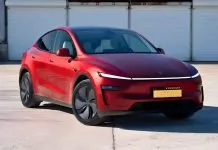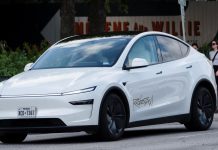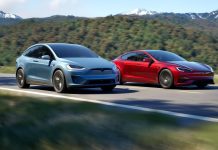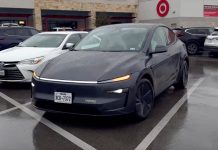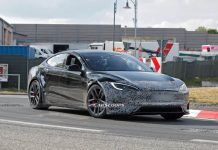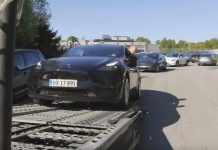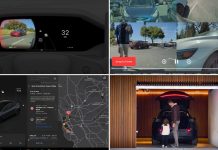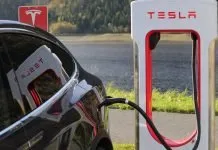People do think of Tesla as one of the most reliable and advanced automotive makers around the world. Tesla is building a dynamic presence with its ongoing changes and upgrades in electric vehicle segments. The vision-only autopilot system is one of them.
Recently Elon Musk said that the automotive company would be starting to phase out the radar autopilot system from the current production lines of EVs. Tesla made an official statement for April 2022 deliveries:
“Beginning with deliveries in April 2022, Model 3 and Model Y vehicles built for the European and Middle Eastern markets will no longer be equipped with radar. Instead, these will be the first Tesla vehicles to rely on camera vision and neural net processing to deliver Autopilot, Full-Self Driving capabilities, and certain active safety features.”
Starting in April 2022, Model 3/Y for Europe and the middle eastern markets will no longer be equipped with radar.
Maximum AP speed is limited to 130 kph (80mph) with increased minimum follow distancehttps://t.co/03ZXjfCIGF pic.twitter.com/s4Fs9e7j4f
— Tesla_Adri (@tesla_adri) April 6, 2022
Tesla has now begun transitioning to a vision-only autopilot system on Model 3 and Model Y. The transition to a camera-based autopilot drive will have limited feature access as the move is still in the process. Tesla might roll out some vital software upgrades in the future to enable them again.
Table of Contents
What Is The Vision Only Camera Autopilot System?
Tesla is rapidly changing the face of technology on many different levels. Be it the space X program or even upcoming solar batteries to tap the solar energy potential, EV seems like a tiny feat in front of them.
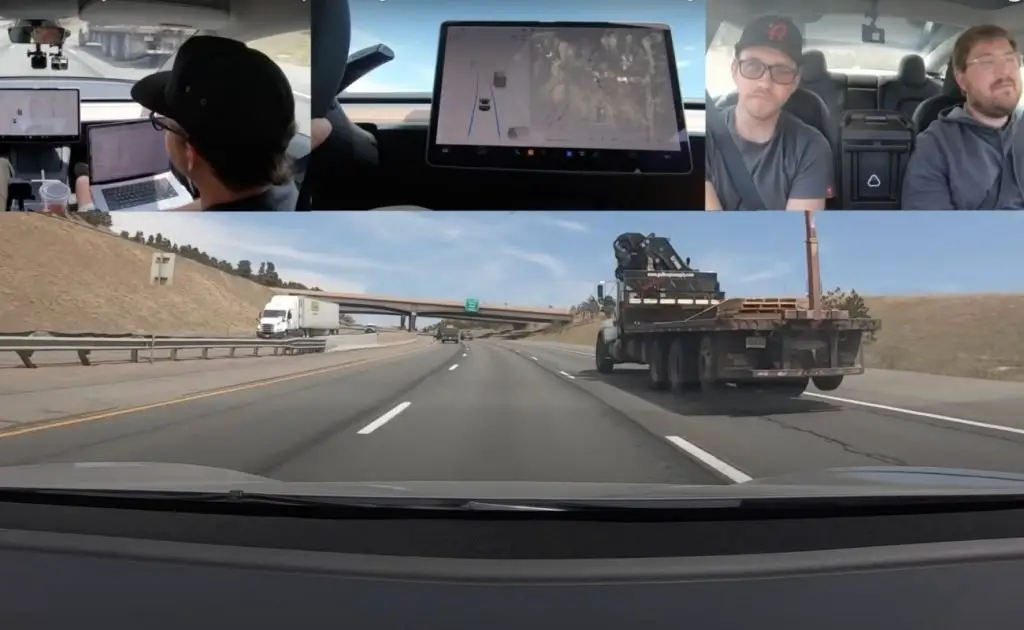
Tesla became a gamechanger with the launch of the autonomous system onboard its EVs. The self-driving system has helped Tesla to become the most popular brand in the electric vehicle market. The world leader in EV and autonomous tech, Tesla relies on radar and camera vision for its autopilot system.
Tesla’s Full Self Driving software stands on the Level 3 of the six levels set by the road Safety Agency that ranks the cars on a scale of 5. Tesla termed its FSD software to be the future of driving and keeps it up-to-date with frequent software updates.
Tesla’s Vision-only autopilot system relies on the camera and meticulously designed software to put the self-drive system in action. Eight cameras around the electric vehicle work in sync with the autopilot software to let the AI function. The brain of the autopilot is the AI that maps the streets and creates a drive plan.
Earlier Tesla would also use lidar or radar system to map out the streets in front of the car while on autopilot. Tesla has now decided to focus on the vision-only approach, with years of Tesla engineers perfecting the autopilot AI and software.
Why Did Tesla Made The Transition?
In a vehicle safety report in 2021, Tesla mentioned a significant concern about the autopilot issues present in various past crashes. The rising concerns over safety features and several autopilot modes made the company rethink its autopilot system.
Tesla has been working on upgrading the radar tech lately. However, recent updates hint at more resilience toward a vision-only system. Opting for vision-only mode might give that extra edge to the safety scenarios as the camera can detect the movement on-road and inside the car cabin.
Tesla further chose to put a limit on the speed while driving on autopilot to raise the safety bar a notch. Autosteer and other features are now driven with a caution mark to keep track of the autopilot AI. Tesla says the vision-only autopilot system will not affect safety compliance and would also fulfill the necessary mandates.
Elon Musk Take On Vision Only System
Elon Musk, in 2016, had his team focus on the improvement of radar technology to boost the autopilot system. However, with time his focus shifted to vision or AI understanding of computer vision. Elon Musk said, in a response to a blog post:
“When radar and vision disagree, which one do you believe? Vision has much more precision, so better to double down on vision than do sensor fusion.”
When radar and vision disagree, which one do you believe? Vision has much more precision, so better to double down on vision than do sensor fusion.
— Elon Musk (@elonmusk) April 10, 2021
Musk sees the existing feature’s future improvement as probabilities and sums the use of radar and vision-only systems to be crucial for the present state of autopilot AI.
The current change in a sudden move from Tesla leaves buyers to expect some adjustments to get used to with the new vision-only autopilot system. Newer build Model 3 might be out with some restrictions over Autosteer, Lane Departure, and the various other features.
How Did Model 3 Perform On Vision Only Autopilot System?
The best part of the Tesla Model 3 Vision Only autopilot system is that the system is designed to operate only with the driver’s hands on the wheel at all times. The feature is essential so that there is no abuse of the autopilot system in any situation.
Out of Spec Reviews channel on YouTube did a 2022 vision-only Tesla Model 3 Autopilot Hogback Driver assistance challenge recently. Kyle and Jordan from the channel drove the EV around the highway to see how the autopilot system served on a point-tally system. The duo finally term the Model 3 to be a better version of the Tesla Model 3 series.
The first point goes off the score as Tesla autopilot fails to distinguish two lanes from a wide driving lane, and the driver has to push it to the left lane and make a pass for the truck on the highway. Furthermore, the long-standing issue points out when the driver mentions that Tesla tends to do more hard rights in such scenarios.
Driver safety eye tracking is there for the safety part but does not offer hands-free operation leaving something amiss. However, the feature offers a sound alarm to get the driver’s attention to the wheel and makes ding sounds. This sound alarm feature is only available in Model 3 and Y yet, and not in the S and X series.
Turn signal lane change on Tesla does not allow the driver to maneuver the lane change decision. The software limits the option and is still seen struggling to make the right decision when the lanes or the traffic is merging. However, the points telly goes from 11 at the start to 7 soon.
Kyle mentions that the Model 3 autopilot is so good that it might be giving a false sense of security. He mentions responsible driving is the most crucial aspect of using an autopilot system, and a vision-only system still leaves some room for improvement.
The review goes on to deduct points on various aspects like capacitive wheel torque, driver safety eye-tracking, lane changing, seatbelts yanking, etcetera. Tesla Model 3 does a great job on a limited charge and covers the entire circuit for the review.
What To Expect In Future
One of the comments on the challenge by the name aannabi refers to the transition by Tesla of radar to vision only as eyes and ears. If eyes and ears both disagree on one situation, it is necessary to focus on one that looks at the scenario to make more sense.

The comment essentially says that the radar system and vision system together can confuse with redundancy and algorithm overlapping. Therefore, it is more suitable and reliable for a safe driving experience to focus on one system only. Tesla has done the same by shifting its focus to a vision-only autopilot system.
All said, we still believe there is much more to the system transition than only redundancy or confusion. Model 3 is a popular electric car from Tesla, and changing to vision only from radar could have more reason in their tow. LiDAR and radar technology are no cheap feat. Tesla may be doing so because of the ongoing supply chain issues.
Standardized tests like the Hogback challenge does give a perspective on how efficiently the standard autopilot system on the Tesla Model 3 is performing. Vision-only technology does need some work on trivial aspects, and we wait to see further upgrades and software updates to resolve such issues.

